The Best Fishing Lakes in the Midwest for Spring Break
Spring break offers the perfect opportunity for anglers to dust off their fishing gear and hit some of the Midwest’s premier lakes. As winter’s grip loosens and water temperatures begin to rise, fish become more active, creating ideal conditions for a productive and enjoyable fishing trip.
The Midwest, with its abundance of freshwater lakes, provides some of the country’s best fishing experiences. Whether you’re targeting trophy walleye, hard-fighting smallmouth bass, or delicious crappie, the region offers something for every angler. Let’s explore some of the best fishing destinations the Midwest has to offer for your spring break adventure.
Lake of the Ozarks, Missouri
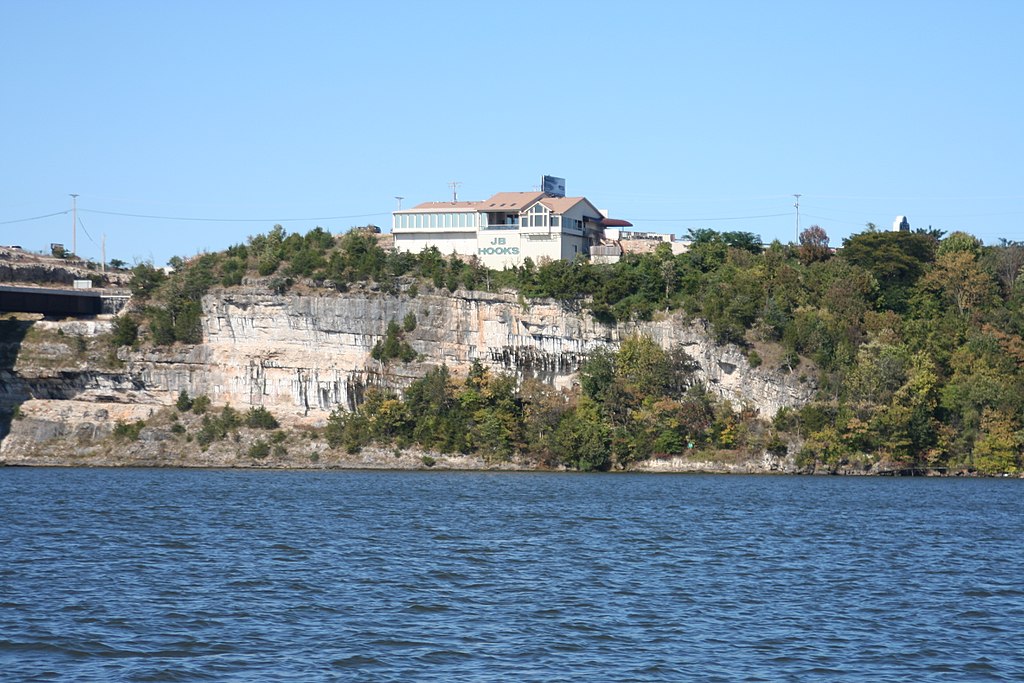
The sprawling Lake of the Ozarks offers over 1,150 miles of shoreline and consistently ranks among the top bass fishing destinations in the country. During spring break, anglers can target largemouth bass moving into shallow waters to spawn, making them more accessible to bank fishermen and those fishing from boats alike. Beyond bass, the lake boasts excellent crappie fishing in March and April, with fish congregating around brush piles and submerged timber.
The lake’s numerous coves and tributaries provide shelter from potential spring winds, ensuring you can find productive water regardless of weather conditions. Numerous marinas, bait shops, and fishing guides are available to help visitors make the most of their trip.
Lake Erie, Ohio
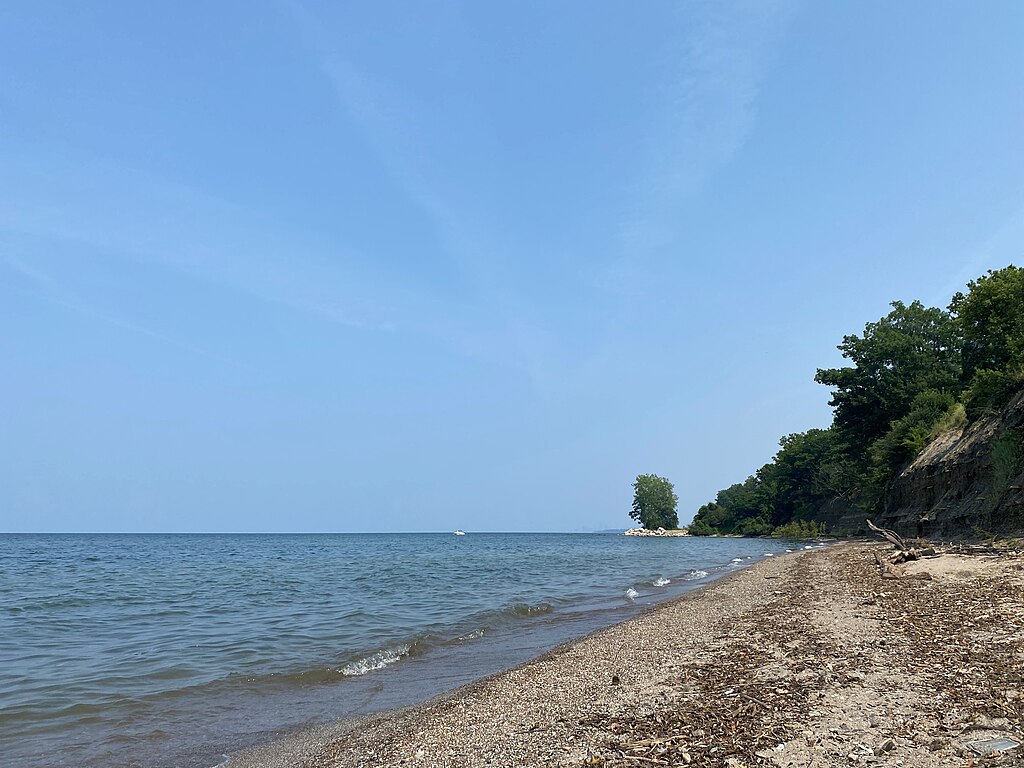
Known as the “Walleye Capital of the World,” Lake Erie’s western basin comes alive in spring as massive schools of walleye move in for their annual spawn. March and April represent prime time for trophy walleye, with many fish exceeding 10 pounds being caught by anglers trolling with crankbaits or drifting with weight-forward spinners.
The lake also offers exceptional yellow perch fishing during this period, providing fast action and delicious table fare. Port Clinton, Sandusky, and the Lake Erie islands serve as ideal home bases for your fishing adventure, with numerous charter options available for those without their own boats. Weather can be unpredictable in spring, so always check forecasts and be prepared for changing conditions on this Great Lake.
Lake St. Clair, Michigan

Straddling the border between Michigan and Ontario, Lake St. Clair offers world-class smallmouth bass fishing that peaks during spring break. As water temperatures climb into the 50s, aggressive smallmouth move shallow and feed heavily before spawning, creating opportunities for memorable catches. The average size of smallmouth bass here is impressive, with many fish exceeding 4 pounds and specimens over 6 pounds not uncommon.
Beyond smallmouth, Lake St. Clair hosts excellent muskie fishing, with spring providing chances at trophy fish as they recover from winter’s lethargy. The lake’s massive size (430 square miles) means you’ll need to do some homework—or hire a guide—to locate productive areas, but the rewards for those efforts can be substantial.
Lake Winnebago, Wisconsin

Wisconsin’s largest inland lake transforms into a walleye hotspot during spring break as fish stage for their annual spawning run up the Wolf and Fox Rivers. This 137,700-acre lake offers diverse fishing opportunities beyond walleye, including white bass, crappie, and the chance at sturgeon—including the lake’s famous population of lake sturgeon that can exceed 100 pounds. Spring brings concentrations of fish around river mouths and current areas, making them more predictable for visiting anglers.
The numerous access points around Lake Winnebago make it ideal for both boat and shore anglers, while the surrounding communities of Oshkosh, Fond du Lac, and Appleton provide excellent accommodations and dining options. Local bait shops can provide up-to-the-minute fishing reports to maximize your chances of success.
Kentucky Lake, Kentucky/Tennessee
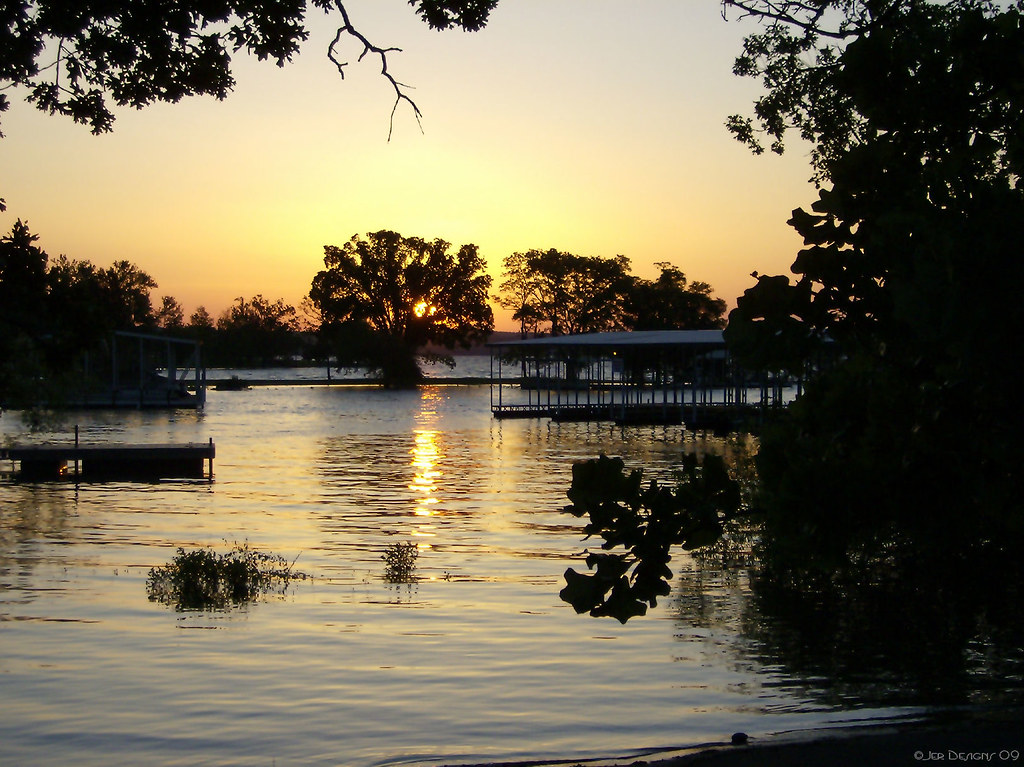
This massive 160,300-acre reservoir on the Tennessee River warms earlier than many northern lakes, making it a perfect spring break destination for anglers seeking active fish. By March, crappie fishing typically reaches its peak as fish move into shallow brushy areas to spawn, creating fast action for anglers using jigs and minnows. Bass fishing also excels during this period, with both largemouth and smallmouth bass becoming increasingly active as water temperatures rise.
The lake’s extensive system of submerged roadbeds, creek channels, and brush piles creates perfect habitat for concentrating fish during the pre-spawn period. Kentucky Lake’s size allows anglers to spread out, and its developed infrastructure ensures plenty of accommodations, marinas, and fishing guides are available to serve visitors.
Kabetogama Lake, Minnesota

Part of Voyageurs National Park in northern Minnesota, Lake Kabetogama offers outstanding spring walleye fishing in a wilderness setting. While the Minnesota fishing opener typically falls in mid-May (after most spring breaks), early-season visitors can still target northern pike and crappie, which have no closed season.
As one of Minnesota’s premier walleye lakes, Kabetogama’s waters hold healthy populations of fish that concentrate near creek mouths and current areas during early spring. The lake’s 25,000 acres feature countless islands, bays, and points that create ideal structure for finding active fish. Numerous resorts around the lake offer cabin rentals, boat rentals, and guide services to help visitors navigate this wilderness fishery effectively.
Rend Lake, Illinois
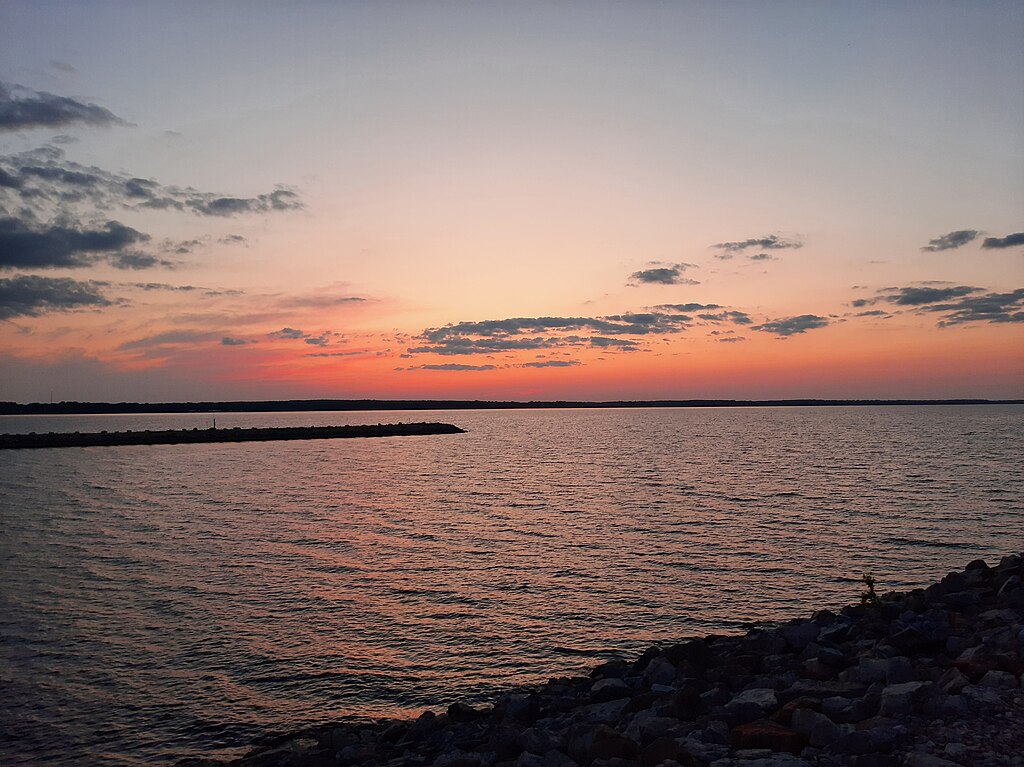
Located in southern Illinois, Rend Lake’s 18,900 acres offer exceptional crappie fishing during spring break. The shallow brush-filled bays warm quickly in spring, attracting crappie for their annual spawn and creating fast-paced fishing opportunities for anglers using small jigs and minnows. Beyond crappie, the lake hosts quality populations of largemouth bass, which become increasingly active in March and April as they move toward spawning areas. Catfish also provide reliable action for spring anglers, particularly around creek mouths and along channel edges.
The lake’s numerous public access points, campgrounds, and nearby accommodations make it logistically simple to visit, while its southern location means earlier warming than more northern destinations.
Lake Waubay, South Dakota

This 16,000-acre natural lake in northeastern South Dakota offers some of the region’s best walleye fishing, particularly during early spring when fish concentrate in predictable areas. Waubay’s healthy walleye population includes numerous fish in the 15-25 inch range, providing both quality and quantity for anglers.
The lake also hosts exceptional perch fishing, with jumbo perch providing fast action through March and into April. Spring brings walleyes into shallower water, making them more accessible to shore anglers and those without sophisticated electronics. The lake’s relatively rural setting means less pressure than more famous destinations, potentially resulting in more productive fishing for visitors willing to make the trip.
Lake Shelbyville, Illinois

This 11,100-acre reservoir in central Illinois offers diverse fishing opportunities that peak during spring break. By March, crappie begin their migration toward shallow spawning areas, creating excellent fishing opportunities around brush piles, stake beds, and submerged timber. Largemouth and smallmouth bass also become increasingly active as water temperatures rise, with pre-spawn fish aggressively feeding in preparation for the spawning period.
The lake’s numerous coves and creek arms warm faster than the main lake, providing anglers with clear targets for early spring success. Lake Shelbyville’s well-developed facilities include multiple boat ramps, campgrounds, and nearby accommodations, making it logistically simple for a spring break fishing trip.
Devils Lake, North Dakota
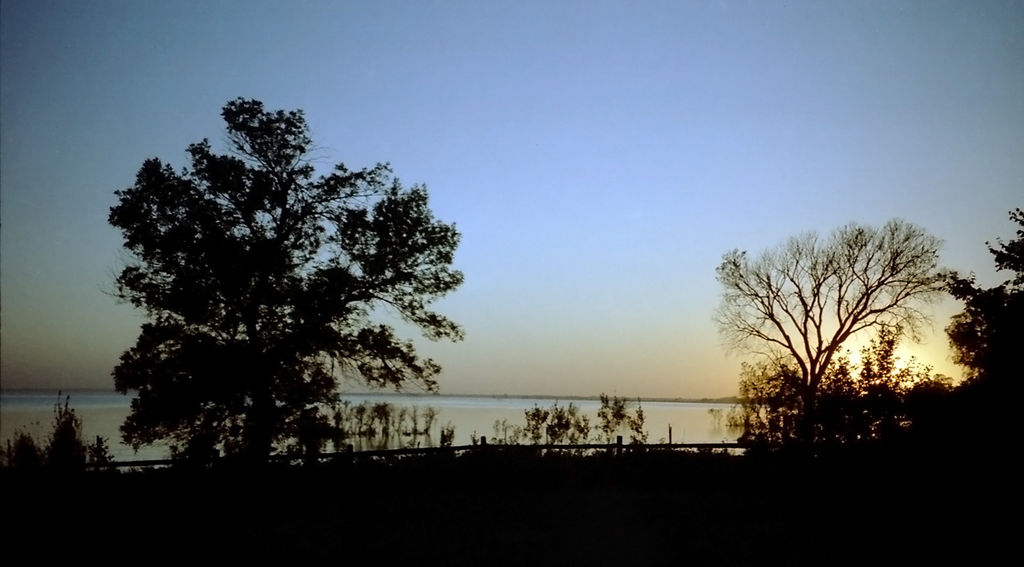
This massive natural lake in northeastern North Dakota has grown dramatically over recent decades, flooding new structure and creating an angler’s paradise. During spring break, ice may still cover portions of the lake (depending on the year), but early open water presents exceptional opportunities for northern pike, walleye, and perch. The flooded roadbeds, tree lines, and farmsteads create perfect habitat that concentrates fish during early spring.
Devil’s Lake’s pike fishing is particularly noteworthy in early spring, with large fish moving into shallow bays to spawn as soon as ice recedes. The lake’s remote location means less pressure than more accessible destinations, while its unique ecosystem consistently produces trophy-class fish across multiple species.
Grand Lake O’ the Cherokees, Oklahoma
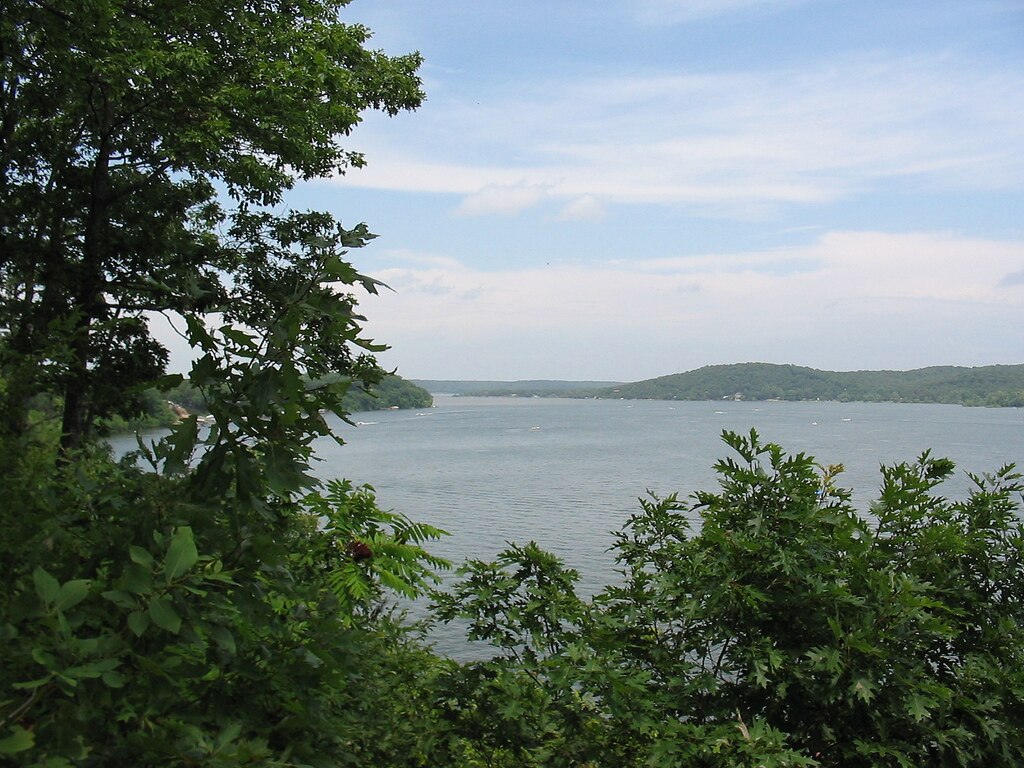
Located in northeastern Oklahoma, Grand Lake warms earlier than many Midwest destinations, making it perfect for spring break fishing trips. By March, the lake’s famous white bass run is typically underway, with fish moving up tributaries to spawn and creating fast-paced fishing opportunities using small jigs and spinners.
The lake also hosts excellent largemouth, smallmouth, and spotted bass fishing, with pre-spawn fish actively feeding in 5-15 feet of water around points and creek channels. Grand Lake’s 46,500 acres feature abundant cover including docks, brush piles, and rock structures that hold fish year-round. The lake’s developed shoreline offers numerous accommodations, restaurants, and marinas catering to visiting anglers.
Preparing for Your Spring Fishing Trip
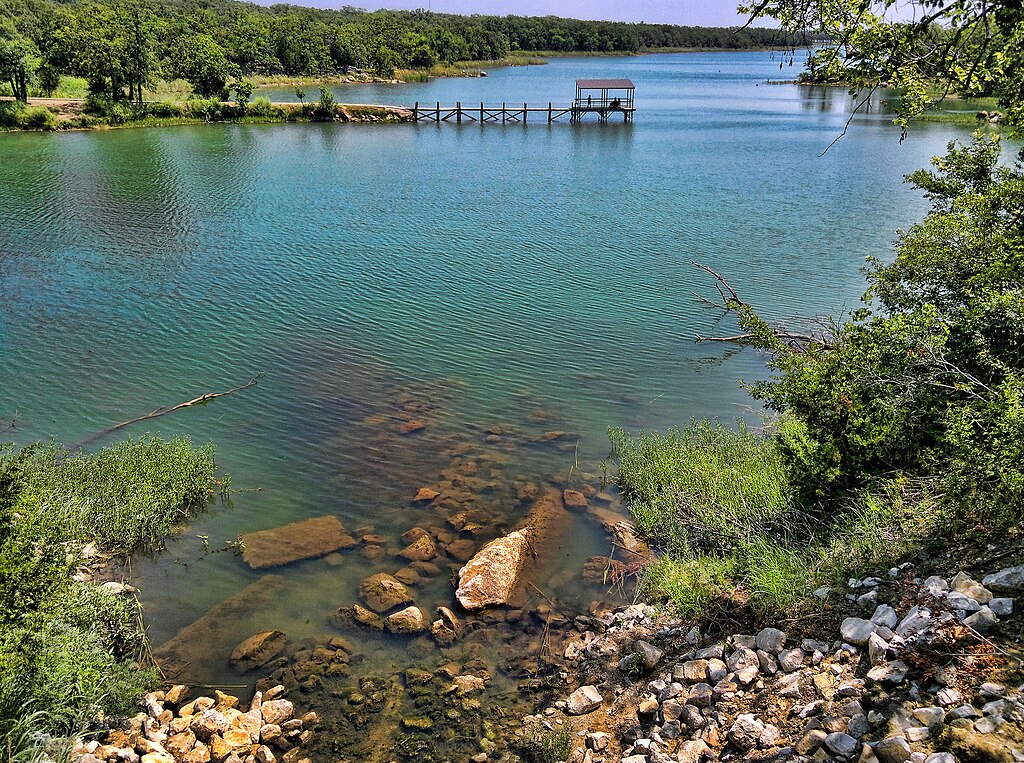
Regardless of which Midwest lake you choose for your spring break fishing adventure, proper preparation is essential for success. Pack layered clothing to handle the variable spring weather conditions that can range from near-freezing to pleasantly warm within a single day. Research your chosen destination thoroughly, including fishing regulations, license requirements, and recent fishing reports that can guide your approach.
Consider hiring a local guide for at least one day of your trip to gain valuable insights into current patterns and productive techniques. Most importantly, maintain flexibility in your approach, as spring fishing conditions can change rapidly with weather fronts, rainfall, and fluctuating water temperatures.
Conclusion
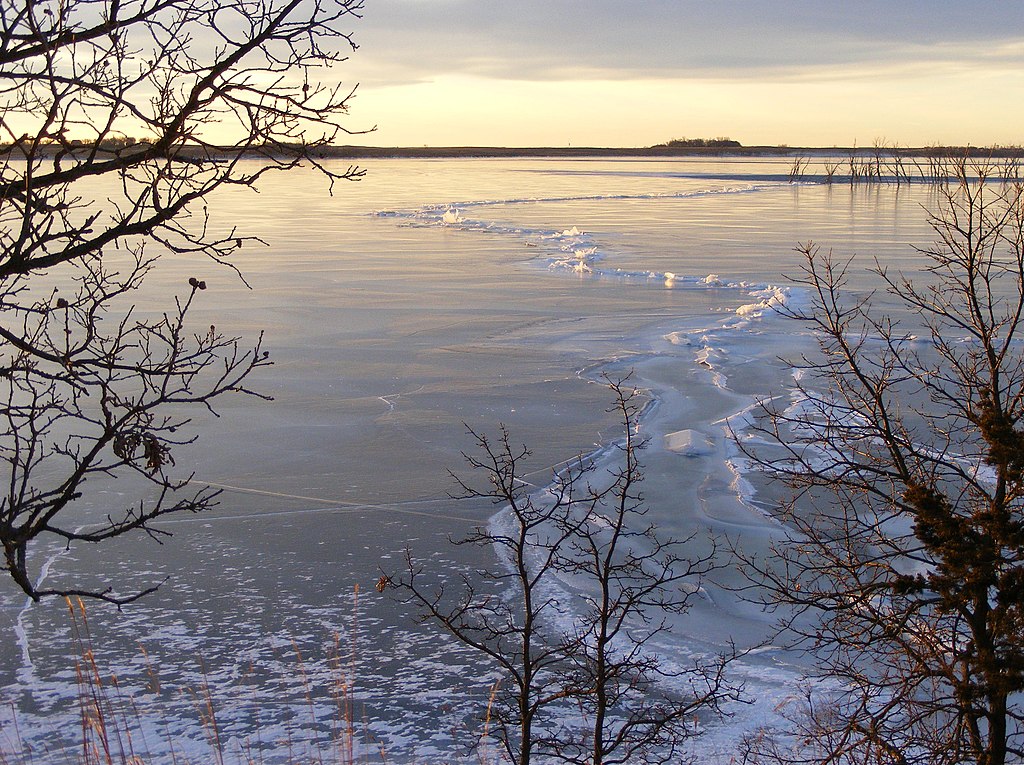
The Midwest offers an incredible array of fishing opportunities during spring break, from the massive Great Lakes to intimate inland waters. The season represents a time of transition and increasing activity for many fish species, creating exceptional angling opportunities across the region. Whether you’re seeking trophy walleye on Lake Erie, monster smallmouth on Lake St. Clair, or slab crappie on Rend Lake, spring break provides the perfect opportunity to shake off winter’s cabin fever and connect with some of America’s finest fishing waters.
By choosing one of these proven destinations and approaching your trip with proper preparation, you’re setting yourself up for not just successful fishing, but also the rejuvenating outdoor experience that makes spring break fishing trips so memorable.


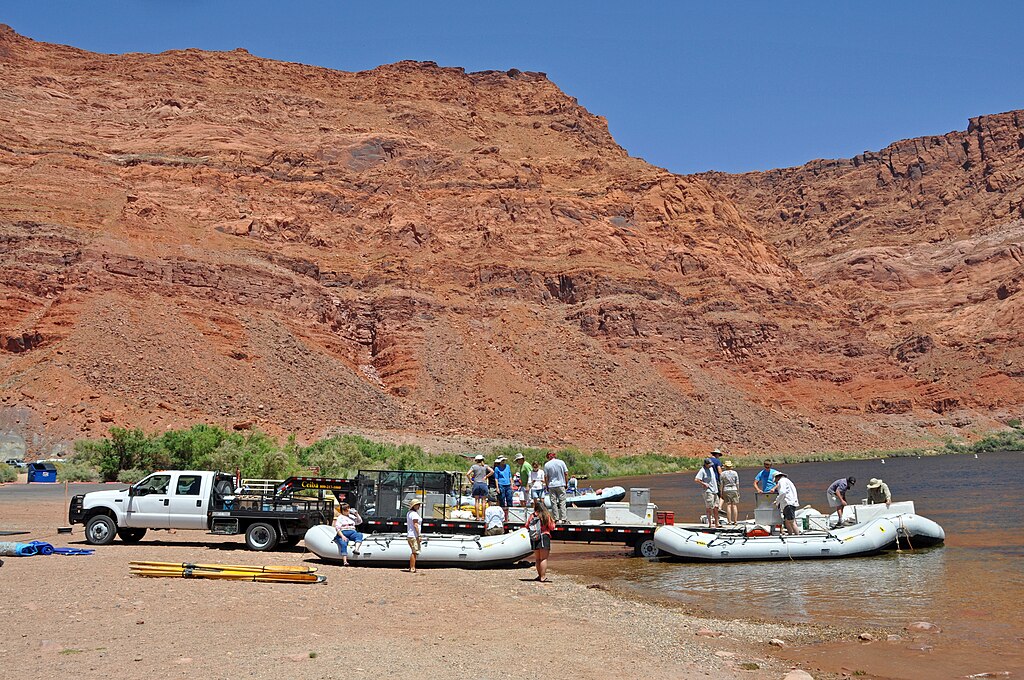











Post Comment